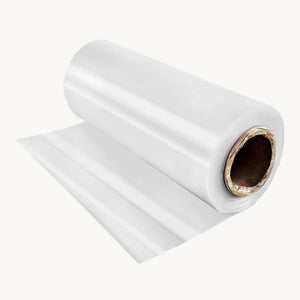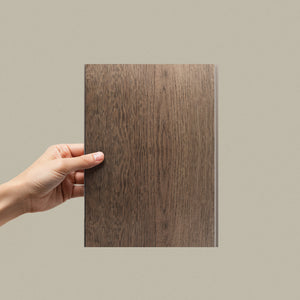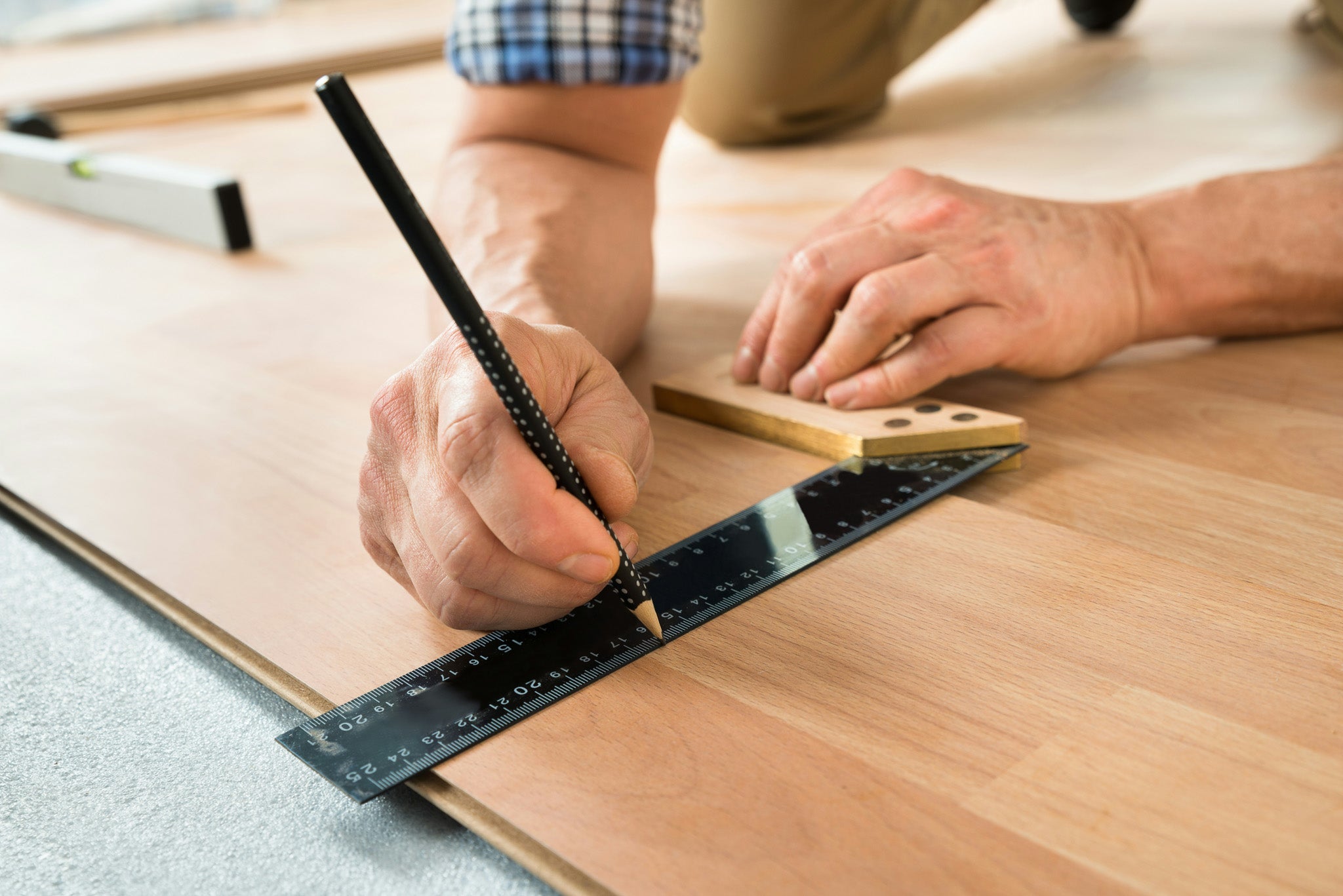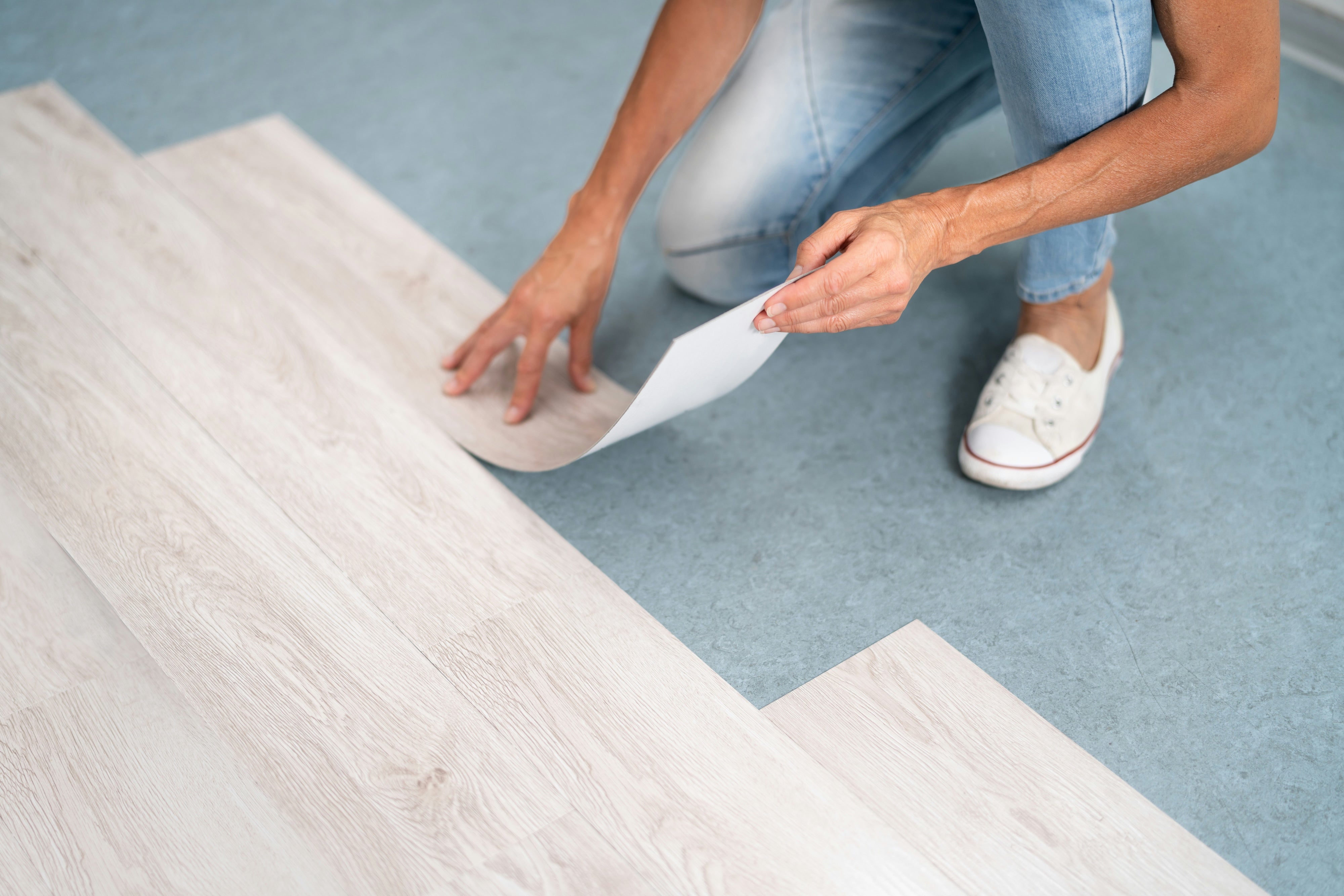How Lighting and Room Colors Affect Flooring Appearance
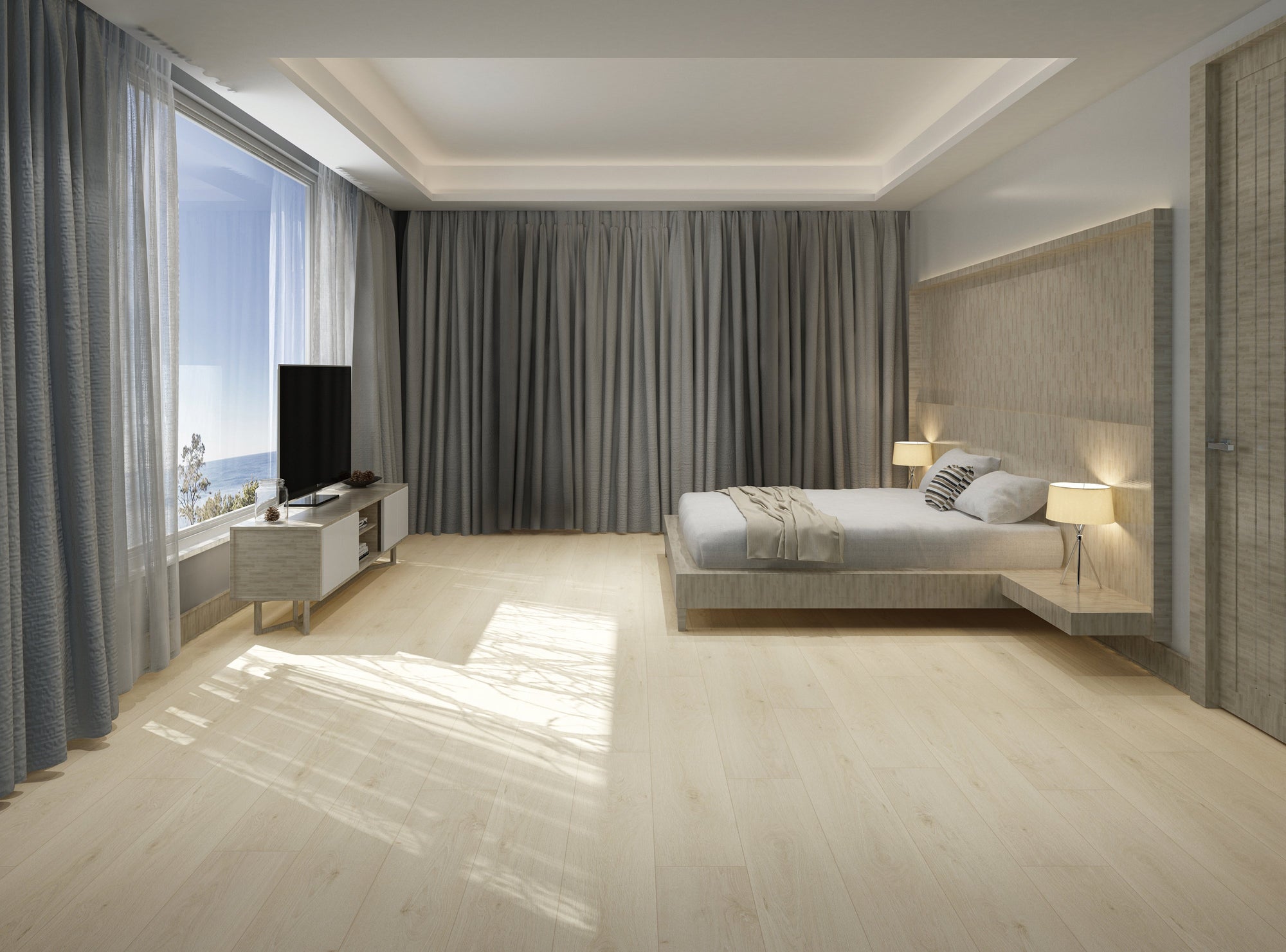
McMillan Floors | Design Smarter, Live Better
Ever installed a floor that looked perfect in the showroom but was different once it was in your home? You're not alone.
Lighting and wall colors dramatically impact how your floors look, and can even make the same material feel warmer, cooler, larger, or darker depending on the room. At McMillan Floors, we’ve seen this firsthand in hundreds of installations, and we’re here to help you plan smarter so your floor looks exactly how you want it to.
Why Lighting Matters
Natural Light:
Sunlight brings out the truest color of any floor. But even natural light varies throughout the day, morning light is soft and cool, while afternoon light is warmer and more golden. If you’re installing flooring in a room with big windows, expect your floors to change tone slightly throughout the day.
Artificial Light:
-
Warm bulbs (yellow/orange tones) can make floors appear richer or slightly redder.
-
Cool bulbs (blue/white tones) can mute the warmth in wood tones, making them look more grey or washed out.
This is especially important when choosing light-toned waterproof vinyl flooring or grey laminate flooring; a wrong bulb can completely shift the tone.
Want to see a great example? Take a look at Pendle Oak XL Waterproof Laminate. It has a neutral tone that plays beautifully with both warm and cool lighting, making it one of our most versatile options.
How Wall Color Affects Your Floors
Light Walls:
White or pale-colored walls tend to make flooring appear darker and richer in contrast. This works especially well with mid-tone wood floors like Burnaby XL, creating a grounded and elegant feel.
Dark Walls:
Dark-colored walls, on the other hand, make lighter floors pop. This pairing is perfect for modern spaces and minimalist interiors. Just be careful not to go too dark on both surfaces—it can shrink a room visually.
Bold or Bright Walls:
Colors like teal, rust, or emerald green can influence how wood grain and undertones in your floor show up. In these cases, choose a flooring tone that either complements or clearly contrasts the wall to avoid clashing undertones.
Pro Tip: Test Before You Commit
Before you buy, grab a flooring sample and move it around your space. Check it:
-
In natural light during different times of day
-
Under your room’s artificial lighting
-
Against your wall color or paint swatches
This simple step can save you from expensive mismatches later on.
Need Help Choosing the Right Look?
If you're unsure which tone works best in your space, reach out to our team to get started on your next project.
